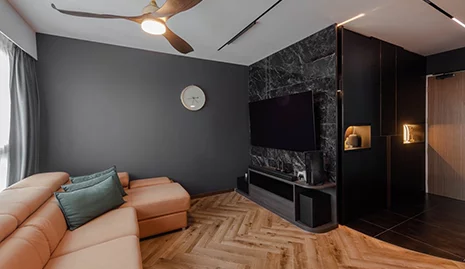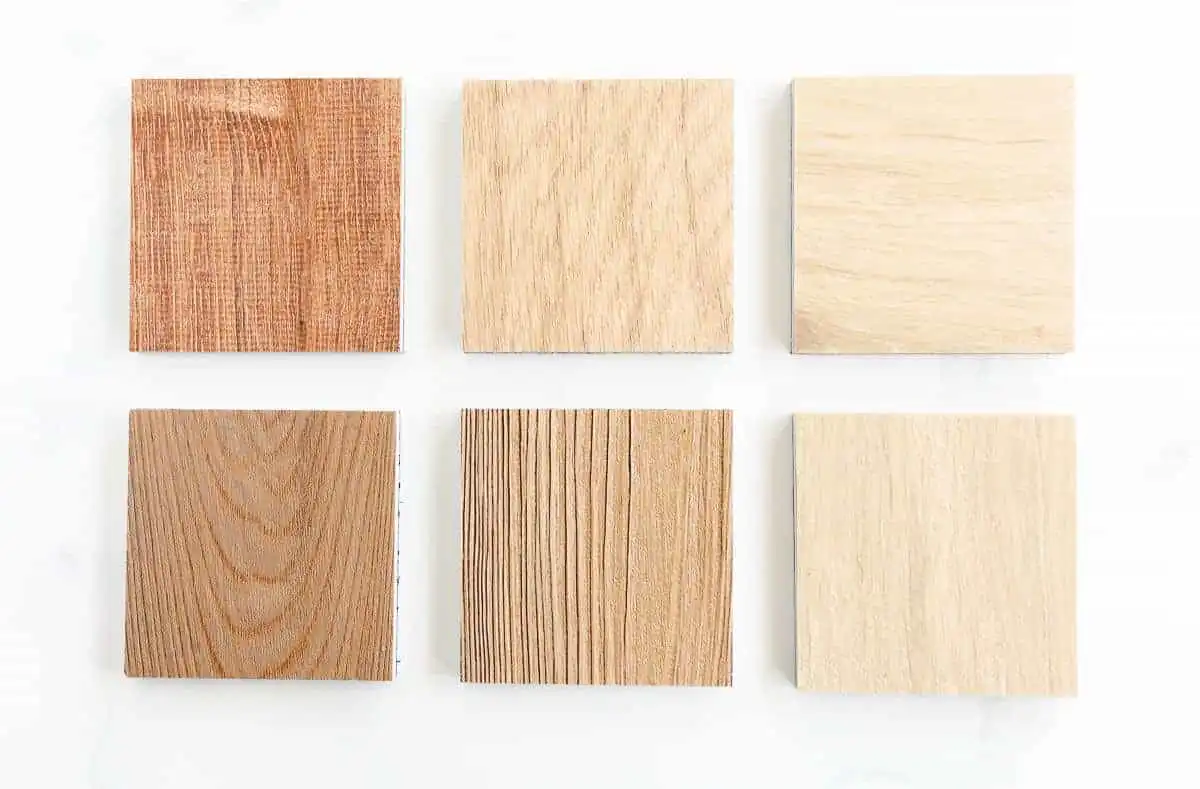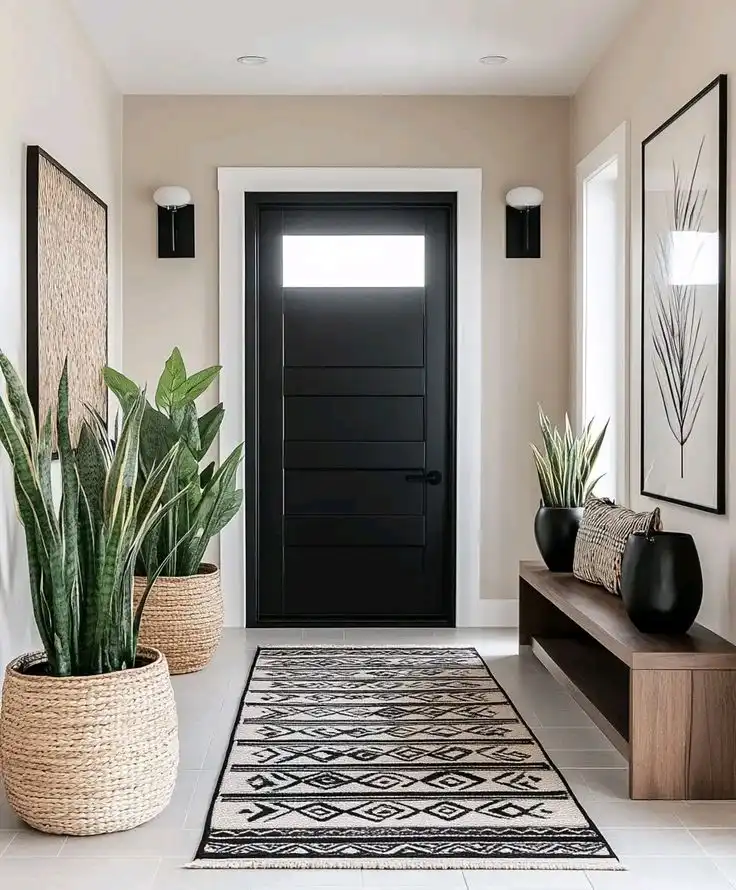Kitchen Cabinet Doors & Hinges: Everything You Need to Know
Introduction
Imagine this scenario: You’re excitedly starting a kitchen renovation, having chosen your dream cabinet style, only to find during installation that the door sizes don’t match the柜体 (cabinet body) perfectly, and the hinges just won’t adjust to create that seamless look. These small details can turn your kitchen upgrade from a dream to a disappointment. In fact, cabinet doors and hinges are the “final mile” of kitchen functionality and aesthetics—they determine not just daily usability but also the overall character of the heart of your home.
 The global kitchen cabinet market is projected to exceed $55.25 billion by 2025, with China’s market growing at 7.3% annually, reaching ¥65 billion by 2030. Today’s cabinets have evolved from simple storage units into design statements that blend sustainable materials, smart technology, and personalized style. Whether you prefer the timeless appeal of Shaker-style doors, the modern sleekness of high-gloss PET panels, or the warmth of wood grain paired with bold colors like deep green or warm red, cabinet door design now balances beauty with practicality—think easy-to-clean surfaces, moisture resistance, and innovative ventilation solutions like louvered doors.
The global kitchen cabinet market is projected to exceed $55.25 billion by 2025, with China’s market growing at 7.3% annually, reaching ¥65 billion by 2030. Today’s cabinets have evolved from simple storage units into design statements that blend sustainable materials, smart technology, and personalized style. Whether you prefer the timeless appeal of Shaker-style doors, the modern sleekness of high-gloss PET panels, or the warmth of wood grain paired with bold colors like deep green or warm red, cabinet door design now balances beauty with practicality—think easy-to-clean surfaces, moisture resistance, and innovative ventilation solutions like louvered doors.
Yet, the unsung hero behind every beautiful cabinet door is the hinge. Like the gears in a precision watch, hinges control smooth operation, noise levels, and weight capacity. Alarmingly, 90% of kitchen renovation failures stem from underestimating these critical details: a 1mm size discrepancy can create unsightly gaps, insufficient hinge strength leads to sagging doors, and low-quality materials corrode in humid kitchen environments.
Kitchen Renovation Pitfall Prevention
- When selecting doors, prioritize materials suited to kitchen conditions: PET high-gloss panels for easy cleaning, solid wood veneers for warmth (with proper maintenance).
- Match hinges to door weight and usage frequency—opt for soft-close dampened hinges for frequently used cabinets.
- Always verify cabinet and door dimensions before installation, allowing 2-3mm adjustment space to accommodate minor discrepancies.
In the following sections, we’ll explore everything from door material selection and hinge compatibility to installation techniques, equipping you with the knowledge to create a kitchen that’s both stunning and supremely functional.
Are Kitchen Cabinet Doors Standard Size?
The short answer? Kitchen cabinet doors are not universally standard—they exist on a spectrum between traditional sizing conventions and fully custom solutions. Understanding this range is key to successful renovations and replacements.
Historically, manufacturers developed “standard” sizes to streamline production, with 30″ and 36″ heights dominating for base cabinets, paired with 12″, 15″, and 18″ depths. These dimensions evolved from early 20th-century American kitchen designs, optimized for average counter heights and typical household storage needs. However, the rise of open-concept living, smaller urban apartments, and personalized design has shattered this one-size-fits-all approach.
 Modern kitchens now embrace custom sizing driven by three key factors:
Modern kitchens now embrace custom sizing driven by three key factors:
- Space efficiency: Narrow 24″ doors for corner cabinets or galley kitchens, maximizing every inch of available space
- Aesthetic preferences: Floor-to-ceiling 96″ doors for grand visual impact, or mix-and-match sizes for dynamic visual interest
- Functional needs: Extra-deep 24″ doors for appliance garages, or specialized widths for integrated appliances
Consider this real-world example: A homeowner in Shanghai’s historic Xintiandi district transformed their awkward kitchen layout by replacing standard 30″ doors with custom 24″ narrow doors on upper corner cabinets. This simple change eliminated the frustrating “dead space” where items got lost, while maintaining the room’s historic character.
The DIYer’s 3-Step Measurement Method
- Measure existing doors(if replacing): Record height, width, and thickness. Note: measure from edge to edge, excluding overlays.
- Assess cabinet frame structure: Check if your cabinets have face frames (visible front frame) or are frameless (European style). Face frame cabinets typically require doors with 1/2″ overlay, while frameless need full overlay.
- Calculate clearance requirements: Add 2mm for hinge clearance and 1mm for expansion gaps—critical in humid environments like kitchens.
Pro Measurement Tip: Always measure each door individually, even in matching cabinets. Older kitchens often have slight variations due to settling or previous modifications. Use digital calipers for thickness measurements to ensure hinge compatibility.
When selecting new doors, remember that “standard” is merely a starting point. Many manufacturers offer semi-custom programs where standard door styles can be adjusted in 1″ increments, providing the perfect balance between cost-effectiveness and tailored fit. For truly unique spaces, fully custom doors—while pricier—offer unlimited design freedom.
Are Kitchen Cabinet Hinges Universal?
Many DIYers wonder: Are kitchen cabinet hinges universal? The answer depends on three critical factors: mounting hole pattern, opening mechanism, and cabinet type. Different hinge designs serve specific purposes, and choosing the wrong type can lead to frustrating installation failures.
Three primary hinge types dominate today’s market:
Butt hinges feature visible metal leaves connected by a central pin—simple, sturdy, and ideal for traditional face-frame cabinets or rustic designs where hardware becomes part of the aesthetic. Their exposed design makes adjustment difficult once installed.
Concealed hinges (Euro hinges) mount invisibly inside the cabinet, creating a clean, modern look. These require 35mm diameter cup holes drilled into the door and come in various overlay options (full, half, or inset).
Pivot hinges allow doors to swing 180° or more, perfect for corner cabinets or specialty applications like fold-up pass-through doors between kitchen and dining areas.
To quickly identify compatible hinges, use this原创 (original) 3-Second Identification System:
- Check cup diameter: Standard is 35mm, but some European brands use 40mm
- Measure arm length: Determines overlay (how much door covers cabinet frame)
- Examine mounting plate: Fixed vs. adjustable, and screw hole spacing
For example, replacing a standard butt hinge with a soft-close concealed hinge isn’t just a simple swap—you’ll need to drill new cup holes and possibly modify the cabinet frame. As one experienced renovator discovered: “I thought all hinges were interchangeable until I tried installing soft-close hinges on my 1950s cabinets. The existing holes didn’t align, and I ended up having to fill old holes and drill new ones.”
DIY Hinge Replacement Checklist
✓ Bring your old hinge to the hardware store for direct comparison
✓ Verify cup diameter (most critical measurement)
✓ Match overlay type (full, half, inset) to your cabinet style
✓ For soft-close upgrades, confirm cabinet depth can accommodate hinge mechanism
The key takeaway? While certain hinge styles follow industry standards, “universal” doesn’t mean “one-size-fits-all”. Always prioritize compatibility over convenience, and when in doubt, consult with a cabinet specialist—especially for heritage cabinets or high-end custom installations.
Are Kitchen Cabinet Hinges Standard Size?
While hinge sizing follows general industry conventions, specific dimensions vary by application—understanding these nuances prevents costly mistakes during replacements.
The most consistent standard is the 11.5mm cup depth, developed for typical 18-25mm thick doors. This dimension has become the global benchmark, found in everything from budget-friendly cabinetry to luxury European designs. Cup diameter typically measures 35mm, though specialized hinges for ultra-thin doors may use 26mm cups.
Arm length—the portion connecting the cup to the mounting plate—varies based on desired overlay:
- Full overlay: 45mm arms for doors covering entire cabinet frame
- Half overlay: 32mm arms for adjacent doors sharing a frame
- Inset: 26mm short arms for doors sitting flush with frame
Specialty applications demand non-standard sizes:
- Ultra-thin doors(≤15mm): 9.5mm shallow cup hinges
- Heavy solid wood doors: Reinforced 14mm deep cup hinges with 55mm arms
- Vertical lift doors: Extra-long 120mm articulated arms
Hinge Size Selection Matrix
| Door Thickness | Recommended Cup Depth | Arm Length | Max Weight Capacity | Ideal Application |
| 16-19mm | 11.5mm standard | 35-40mm | 4kg per hinge | Standard MDF doors |
| 20-25mm | 11.5-12mm | 40-45mm | 6kg per hinge | Plywood panel doors |
| 26-32mm | 12.5mm deep cup | 45-50mm | 8kg per hinge | Solid wood doors |
| >32mm | Custom 14mm+ | 50-60mm | 10kg+ per hinge | Specialty doors |
Use this simple formula to verify compatibility:
Door thickness = Cup depth + 2 × clearance gap
(Where clearance gap = 0.5-1mm between door and cabinet frame)
For example, a 20mm door would require:
20mm = Cup depth + 2×0.8mm → Cup depth = 18.4mm (select 11.5mm standard cup with proper spacing)
Hinge Maintenance Protocol
Quarterly: Tighten all mounting screws (pay special attention to cabinet-side screwsing most stress)
Semi-annually: Apply 1-2 drops of silicone-based lubricant to pivot points
Annually: Check for signs of corrosion, especially in humid environments—replace immediately if found
When shopping for hinges, always verify both cup dimensions and arm specifications. Reputable manufacturers like Blum, Hettich, and Salice provide detailed dimension charts for their products. For vintage cabinets or non-standard applications, consider universal hinge adapters that can bridge the gap between old mounting patterns and new hardware.
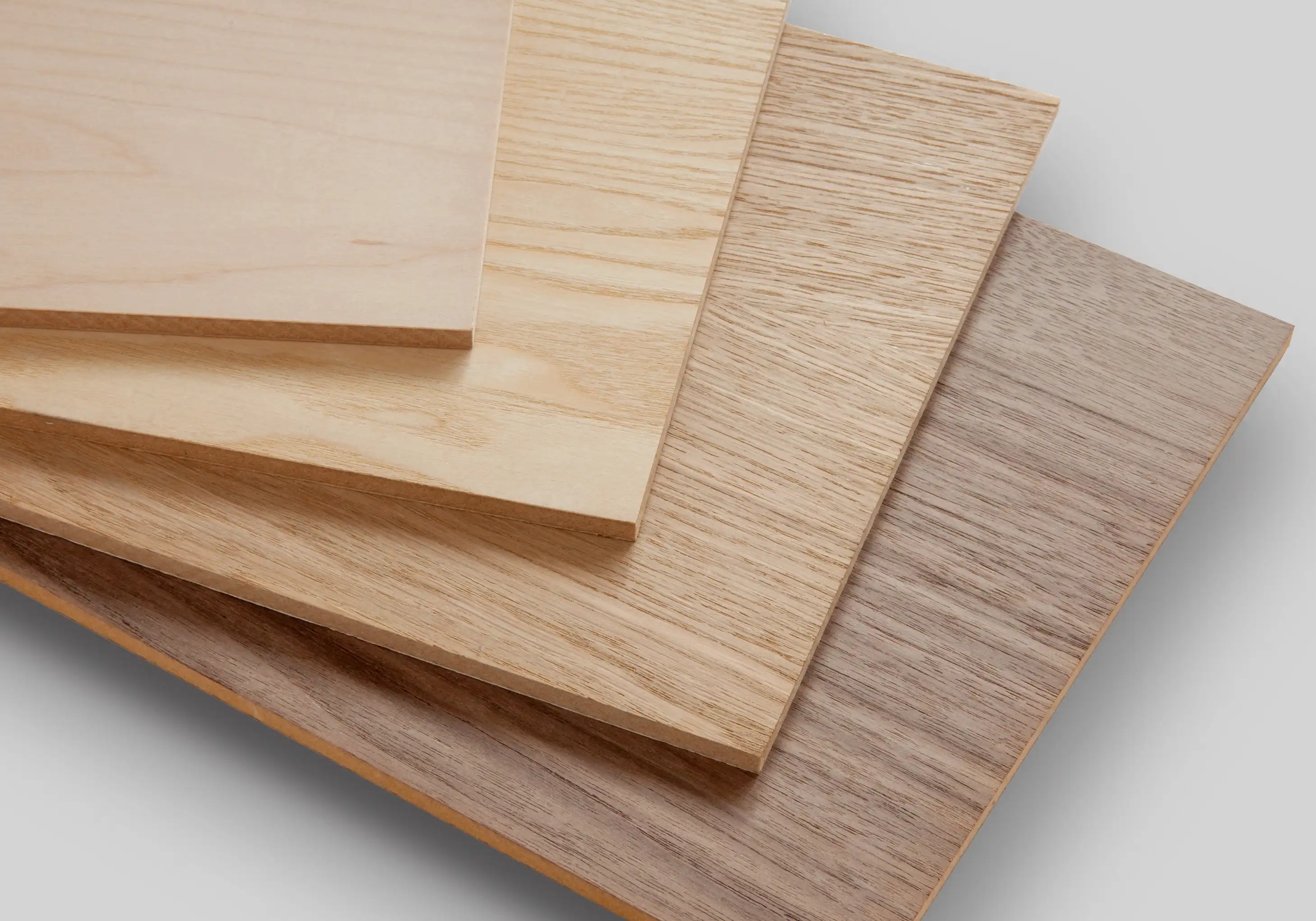
Can Kitchen Cabinet Doors Be Replaced?
The resounding answer: Yes, 80% of cabinet doors can be replaced—provided the cabinet boxes (carcasses) remain structurally sound. This “partial renovation” approach has become increasingly popular in 2025, with major manufacturers like Oppein,(Midea), and(Haier) offering dedicated door replacement services that reduce waste by 90% compared to full cabinet replacement.
 The Three-Step Replacement Process
The Three-Step Replacement Process
- Removal: Precision over Force
Use a #2 Phillips screwdriver to remove hinge screws—never pry doors off. For stuck/rusted hinges, apply penetrating oil and wait 10 minutes. Label doors and corresponding cabinet positions with masking tape to avoid confusion during reinstallation.
- Measurement & Customization: The Hinge Compatibility Check
Record:
- Door dimensions (height, width, thickness)
- Hinge cup diameter and depth
- Mounting hole positions (measure from edge of door to center of screw holes)
Most manufacturers provide online templates to verify compatibility with their door styles.
- Installation & Adjustment: Achieving Perfection
Mount hinges to new doors first, then attach to cabinets using原有 screw holes when possible. Adjust in this sequence:
- Vertical alignment (up/down)
- Horizontal positioning (left/right)
- Depth (how far door sits from cabinet face)
Final check: All doors should have consistent 2-3mm gaps and close with uniform resistance.
The Cost-Saving Power of Partial Replacement
Consider these real-world figures from 2025 market data:
- Full cabinet replacement: ¥8,000-¥15,000 for a standard 8㎡ kitchen
- Door replacement only: ¥2,000-¥4,000 for the same space
- Environmental impact: 90% reduction in construction waste, 70% lower carbon footprint [2]
Material Selection Guide
| Material | Best For | Maintenance Needs | Lifespan |
| PET Panel | Modern kitchens, high humidity | Wipe with mild detergent; avoid abrasive cleaners | 8-10 years |
| PVC Veneer | Budget renovations, rental properties | Resistant to moisture; avoid direct heat | 5-7 years |
| Solid Wood Veneer | Traditional/transitional styles | Annual oil treatment; avoid extreme temperature changes | 10-15 years |
| Thermofoil | Contemporary designs, curved doors | Clean with soft cloth; prone to delamination if overheated | 6-8 years |
The 2025 trend toward sustainable renovations has made door replacement a smart choice for homeowners. By retaining quality cabinet boxes and upgrading only the visible components, you achieve a high-end look at a fraction of the cost while minimizing environmental impact—a true win-win solution.
How Do Kitchen Cabinet Hinges Work?
A well-engineered hinge operates with the precision of a human joint, silently facilitating movement while supporting significant weight. Understanding their mechanics helps in selecting the right type and troubleshooting common issues.
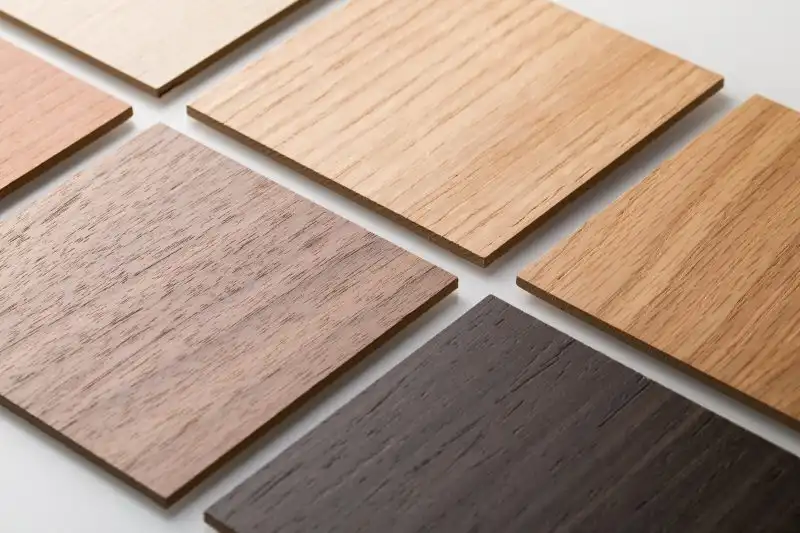
The Three Fundamental Hinge Mechanisms
Traditional Butt Hinges operate on a simple pivot system—two metal leaves connected by a central pin. This design has been refined over centuries but offers limited adjustment. The friction between pin and leaves determines resistance, making them prone to wear in high-use applications.
Concealed Euro Hinges represent engineering excellence with their four-bar linkage system. This mechanism allows:
- 3D adjustment (height, depth, lateral positioning)
- Soft-close functionality via hydraulic dampers
- Full 110°+ opening angles while remaining completely hidden
The hydraulic damper works like a miniature shock absorber: when closing, oil is forced through a precision orifice, converting kinetic energy into heat and creating controlled deceleration. Premium hinges feature adjustable damping strength to accommodate different door weights.
Push-to-Open Hinges eliminate the need for handles entirely. A spring-loaded mechanism stores energy when the door is closed; pressing the door surface releases this energy, popping the door open 2-3cm for easy grip. These work best with lightweight doors in modern, minimalist kitchens.
Inside a Soft-Close Hinge
Visualize a tiny piston cylinder where:
- Closing motion compresses a spring and forces oil through a narrow channel
- Restrictive orifice creates resistance, slowing door movement
- At 2-3cm from fully closed, damping engages fully to prevent slamming
- When opening, the spring expands, drawing oil back into the cylinder
This cycle repeats thousands of times without maintenance.
Troubleshooting Common Hinge Issues
Door Sagging: Caused by loose mounting screws (cabinet side typically). Tighten using a Phillips screwdriver, supporting the door weight during adjustment. For stripped holes, fill with wood dowel and wood glue, then re-drill.
Sticky Operation: Clean hinge components with rubbing alcohol, then apply a drop of silicone lubricant to pivot points. Avoid oil-based lubricants that attract dust.
Inconsistent Closing: Adjust the hinge’s depth screw to ensure all doors contact their strike plates simultaneously. For soft-close issues, check damper alignment—some models feature an adjustment dial.
Noisy Operation: Tighten loose screws first; if creaking persists, apply a small amount of beeswax to hinge pins (especially effective for butt hinges).
Modern hinges represent decades of engineering refinement, yet their basic purpose remains unchanged: connecting cabinet components while enabling smooth, controlled movement. Investing in quality hinges (look for brands like Blum, Grass, or Salice) ensures your kitchen operates flawlessly for years to come.
 Conclusion
Conclusion
The details truly make the kitchen. As we’ve explored the intricate world of cabinet doors and hinges, one truth becomes clear: these seemingly small components wield enormous influence over both aesthetics and functionality.
In an era where kitchen design balances high-gloss surfaces with tactile textures, bold colors with timeless neutrals, and smart storage with artisanal craftsmanship, the technical perfection of doors and hinges provides the foundation for daily enjoyment.
Pre-Renovation Essentials
- Precision Measurement: Document door dimensions, hinge positions, and cabinet opening sizes before purchasing replacements.
- Hinge Quality Investment: Prioritize soft-close dampened hinges for all frequently used cabinets—this single upgrade transforms daily kitchen experience.
- Annual Maintenance Routine: Schedule a 15-minute hinge inspection quarterly: tighten screws, clean components, and lubricate moving parts as needed.
When embarking on your kitchen transformation, seek manufacturers offering custom solutions that balance standardization with personalization. The most successful kitchens marry beautiful design with thoughtful engineering—where doors align perfectly, hinges operate silently, and every detail works together to create a space that feels both luxurious and livable.



